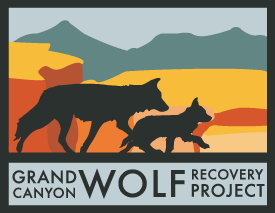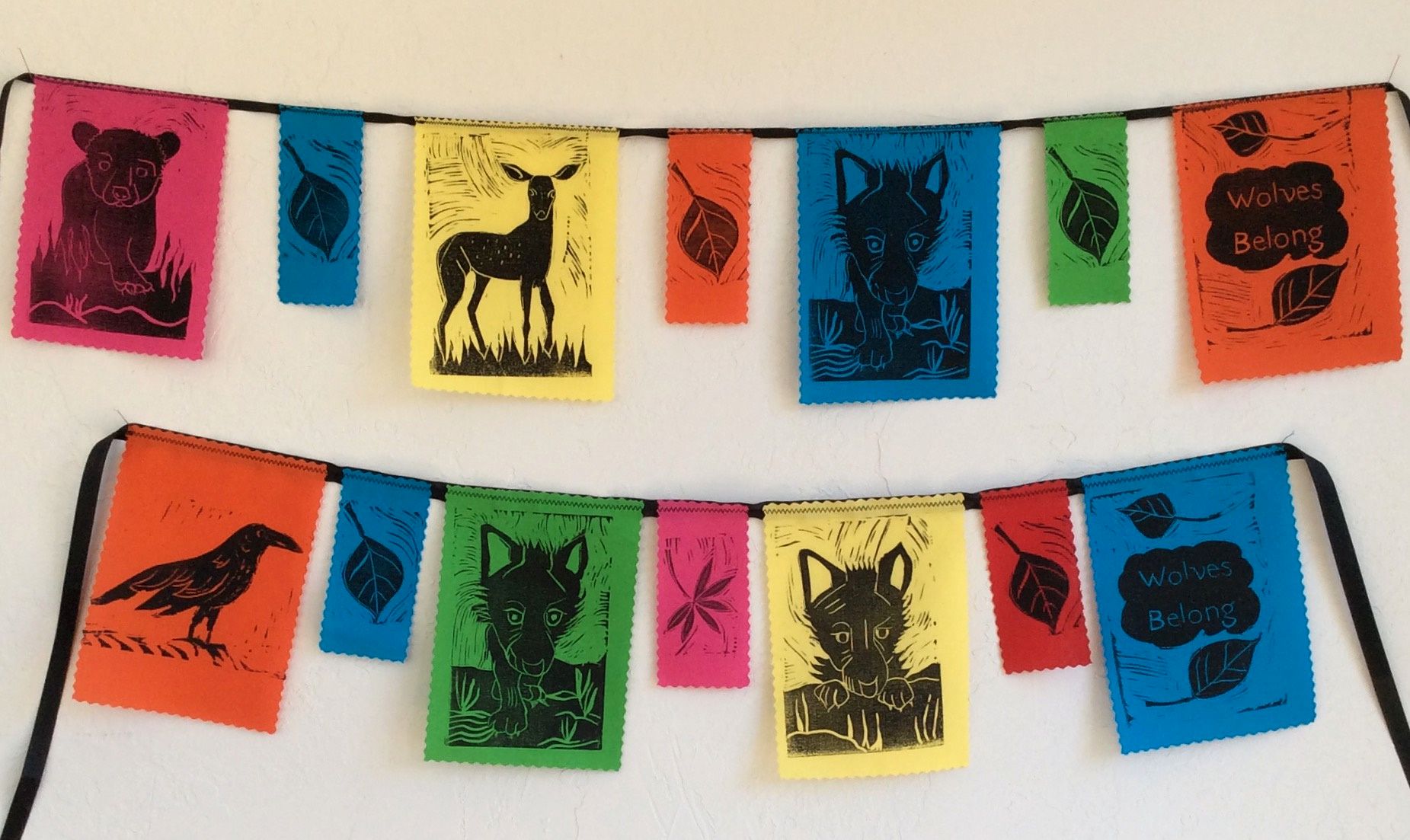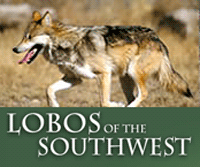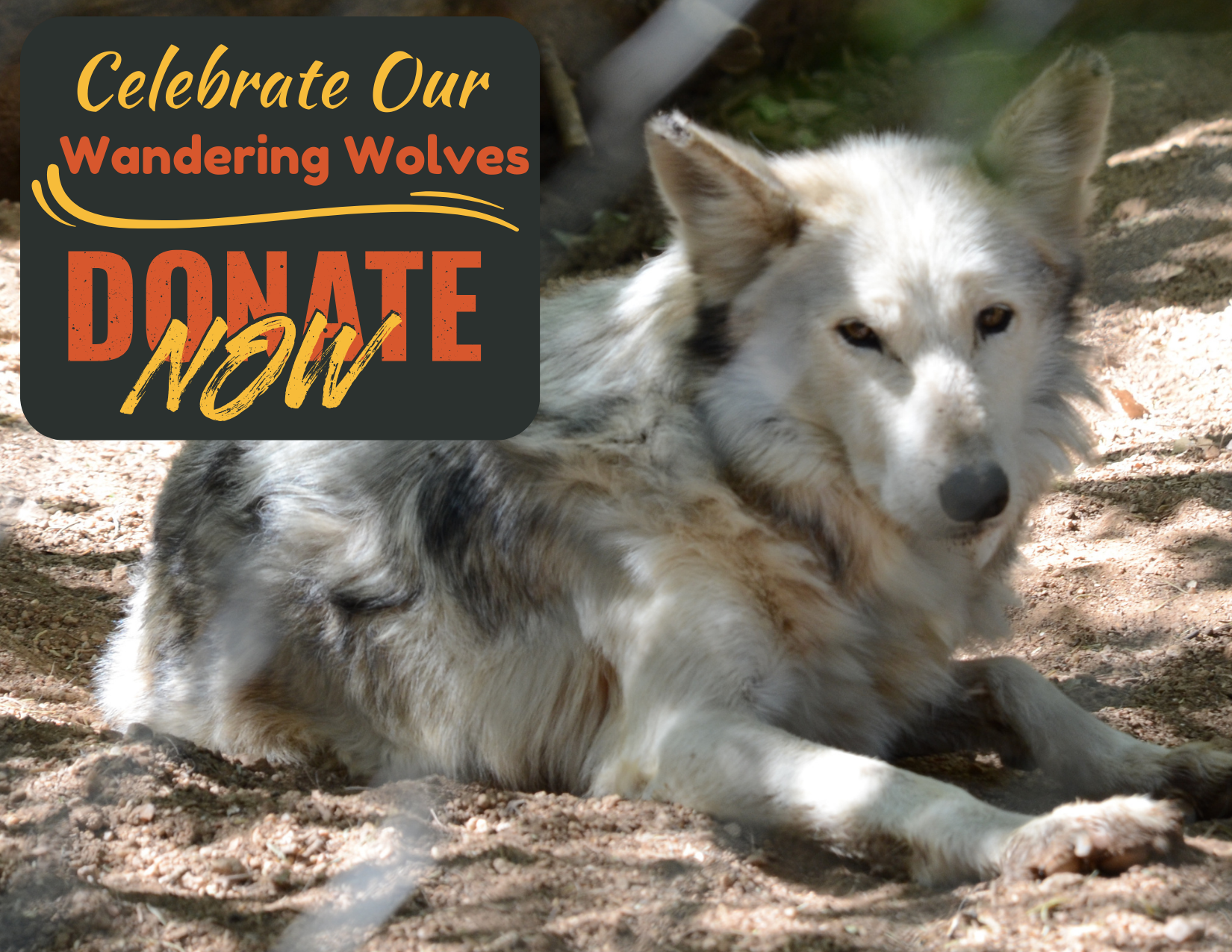Salt Lake Tribune (Original) Posted December 19, 2015 by Kirk Robinson and Allison Jones
Regarding "Utah officials: Mexican wolf is 'bullet' that could destroy West," Dec. 4:
Utah Wildlife Board Chair John Bair said the Mexican wolf (aka lobo) is being used as a silver bullet to destroy the culture of the West. Surely he was thinking of the old West, when bullets were used to get rid of perceived problems — the wolf, for example.
As a young forest assistant in the early 20th Century, the father of modern wildlife management, Aldo Leopold, saw a family of lobos in a ravine and opened fire on them. Upon arriving at the scene of carnage, he watched a fierce green fire dying in the eyes of a mother wolf: "I realized then, and have known ever since, that there was something new to me in those eyes — something known only to her and to the mountain."
That experience changed Leopold's life. He began to understand nature – earth, water, plants and animals – as a complex, interdependent whole, which he referred to as the land organism. He realized that apex predators, such as the wolf and the cougar, play an important role regulating ecosystems to keep the land productive, healthy and beautiful — a role that humans cannot replicate.
Some years later, Leopold cautioned Arizona wildlife managers against exterminating all the wolves and cougars on the Kaibab Plateau in an attempt to inflate the mule deer herd. They did it anyway, and the herd grew unchecked, followed by mass erosion and thousands of deer starving to death.
Last fall, a young female gray wolf from the Yellowstone country was the first wolf since the great extermination to set foot on the Kaibab rim of the Grand Canyon and howl into the vast stillness. School kids named her Echo. A few weeks later, Echo was fatally shot in Utah by a coyote hunter. A second female wolf was found strangled in a neck snare in Rich County just last month. Yet another wolf, which may have been the one seen in the Uintas last year, was found dead of a coyote hunter's bullet in Colorado last spring.
These wolves did no harm. They were merely searching for mates in their ancestral home.
Leopold said he could not conceive of an ethical relation to land without "love, respect, and admiration for land, and a high regard for its value ... value in the philosophical sense."
Unlike Leopold's vision of wildlife management guided by an ethic of respect for the intrinsic value of the land organism, we are witnessing instead an emphasis on reducing predator numbers to boost populations of deer and elk. It's all about big bucks. Science sometimes gets prostituted or simply ignored in the process. Ethics isn't even discussed.
The problem is state legislators who control the purse strings to ensure that wildlife managers serve the demands of powerful rancher and hunter lobbies, and governors who appoint members of wildlife boards to disproportionately represent those interests.
Most of the current seven-member Utah Wildlife Board have long been associated with the anti-predator group Sportsmen for Fish and Wildlife, which is dead set against wolves in Utah. The board recently sent a letter to Secretary of the Interior Sally Jewell, protesting in advance any plans to include parts of Utah in the recovery area for the highly endangered lobo (there are only 110 in the wild, all descended from just seven founders).
Contrary to the board's assertion, the Endangered Species Act and supplementary law clearly provide that recovery areas with the best remaining habitat, even outside a species' assumed historic range, can be established (16 USC 532(5)). Moreover, scientific studies support a lobo recovery area extending into Utah because that ecological niche is currently vacant and because there is evidence from wolf remains and DNA showing that lobos once occupied it.
Lastly, public opinion surveys have repeatedly shown that most Utahns, even in rural Utah, would be fine with wolves returning. We should not stand in their way.
Kirk Robinson, Ph.D., is executive director of Western Wildlife Conservancy. Allison Jones, MS, is executive director of Wild Utah Project.





